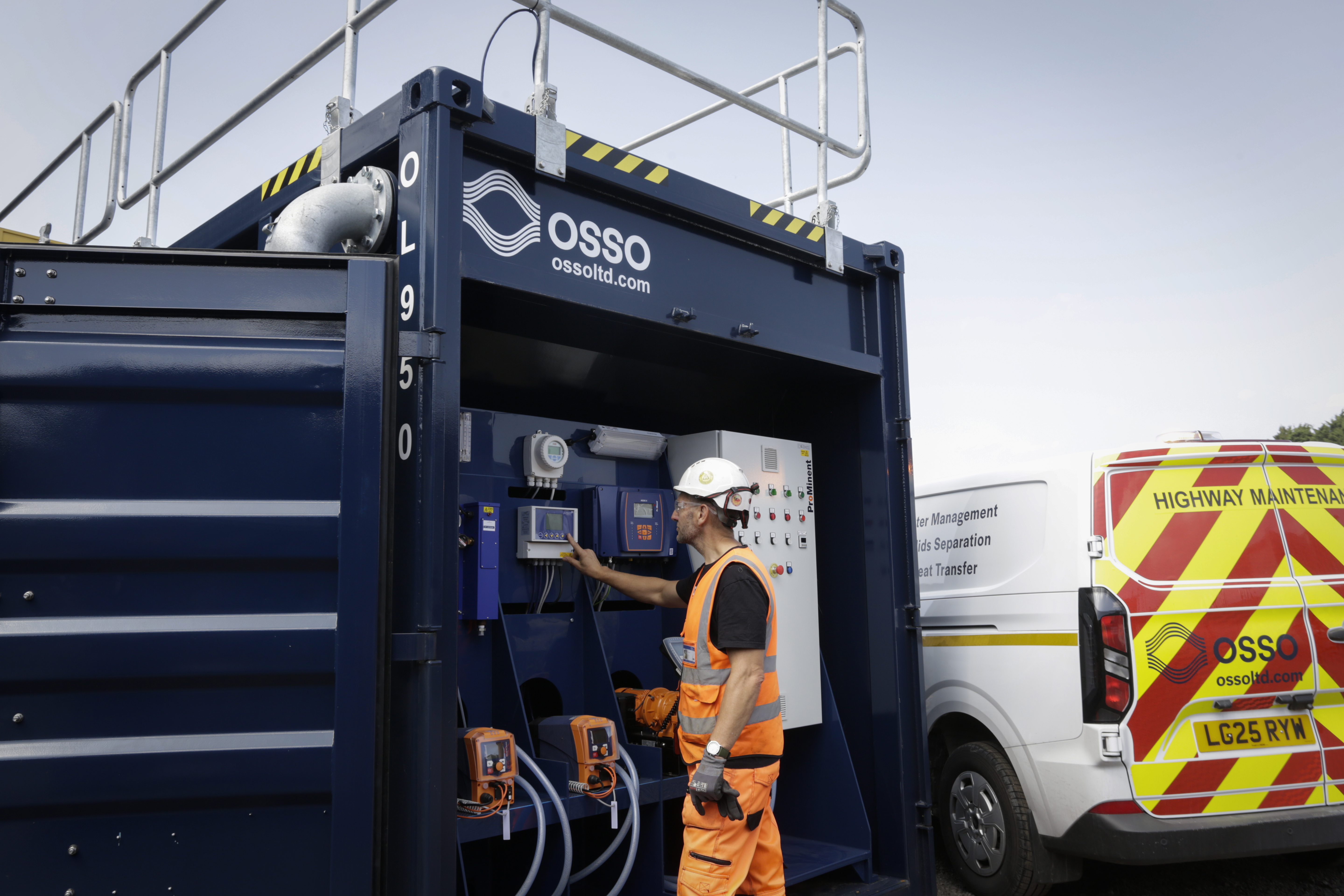BLOG
Powering Up: Rethinking Water for the UK's Electric Grid
27 OCTOBER 2025
The UK’s electric grid rollout requires new water management approaches
There has been little discussion of how to manage the environmental risks posed by the unprecedented expansion of power grids envisaged by all major parties at this year's UK election. Long-distance high-voltage transmission grids will connect cities to remote renewable power sources. However, building new cables across diverse rural landscapes, including wetlands and waterways, poses the risk of contaminating key watercourses.
The rising tide of pollution
The IEA estimates the UK will need to roll out 600,000 km of cables to meet its net zero targets. This will necessitate bisecting valuable waterways and wetland habitats. The new Viking cable link will run close to rivers and wetlands including nature reserves. Its Environmental Statement notes the potential for temporary degradation of water courses as a result of “wind-blown dust, debris, emissions and site run-off.” Similarly, the new Sea Link electricity converter station will be built on the key bird breeding ground of Minster Marshes, adjacent to a Site of Special Scientific Interest with the cable also running through a nature reserve.
There is a risk of power grid construction contaminating these habitats with wastewater washed into nearby water courses. Silt pollution from the erosion of newly exposed soils by surface water runoff is already the biggest source of construction pollution while fuel and chemicals or site waste also pose risks.
Large linear construction schemes built horizontally across vast distances have to minimise land acquisition either side of construction, leaving little room for wastewater infrastructure. Limited mapping of local land drainage systems and the vast distances involved also hinder wastewater management, while it is costly and carbon-intensive to tanker wastewater in remote rural regions. This means there is a risk of spill over from poor water management across other project metrics such as cost and carbon efficiency.
The central challenge
The central challenge is that infrastructure planning and procurement policies rarely put water management on a par with human concerns from safety to noise pollution and designs frequently fail to give water impact equal weighting to other design constraints such as cost and efficiency. Yet increasing regulatory scrutiny of water pollution, and the increasing public salience of pollution will see any oversights and mistakes result in major reputational and legal repercussions.
This means that construction firms need to move from a reactive approach to a proactive, holistic one, embedding water management across all projects at the design stage.
Comprehensive site reviews should address challenges, from runoff on steep slopes to disturbing underground aquifers. Projects involving tunnelling beneath rivers should assess risks, such as drilling fluid leakage, and potential wastewater should be trapped or treated at the source to enable safe discharge.
Modular chemical pre-treatment technologies now allow all stages of water treatment to be consolidated and automated onsite. Advanced autonomous chemical dosing technologies can tailor reagent doses to the specific flow and impurities of the wastewater, meaning water can be treated and released at source, without the risk of contamination or need for costly and carbon intensive tankering.
Dosing systems designed to administer precise chemical quantities, also bring operational cost and carbon emission savings. Working with our own customers, we’ve seen how state-of-the-art dosing technology can reduce the consumption of expensive chemicals by up to 2000L in one month, bringing inherent cost savings but also reducing the carbon footprint by reducing lorry movements associated with stock replenishment and in reducing chemical manufacturing.

A ripple effect across the energy transition
Renewable energy projects face long waits of up to 15 years to connect to the grid, amid rising opposition from local communities. As environmental concerns gain prominence, incidents of pollution from power grid construction could have broader impacts on the energy transition. With many planned electric grid links crossing important waterways and habitats, wastewater management must be transformed from a peripheral concern to a central aspect of project planning, managed proactively at the source.


